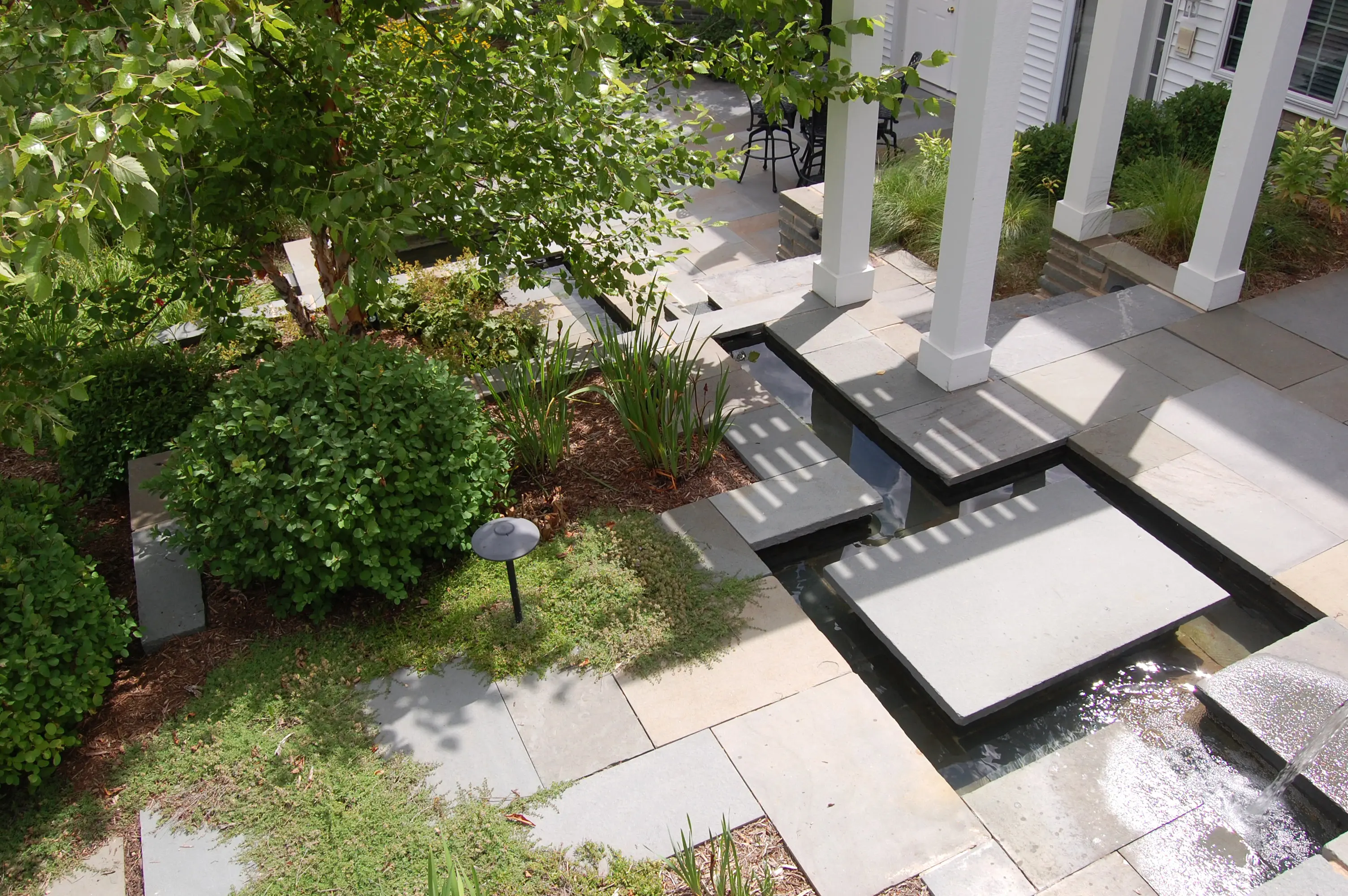
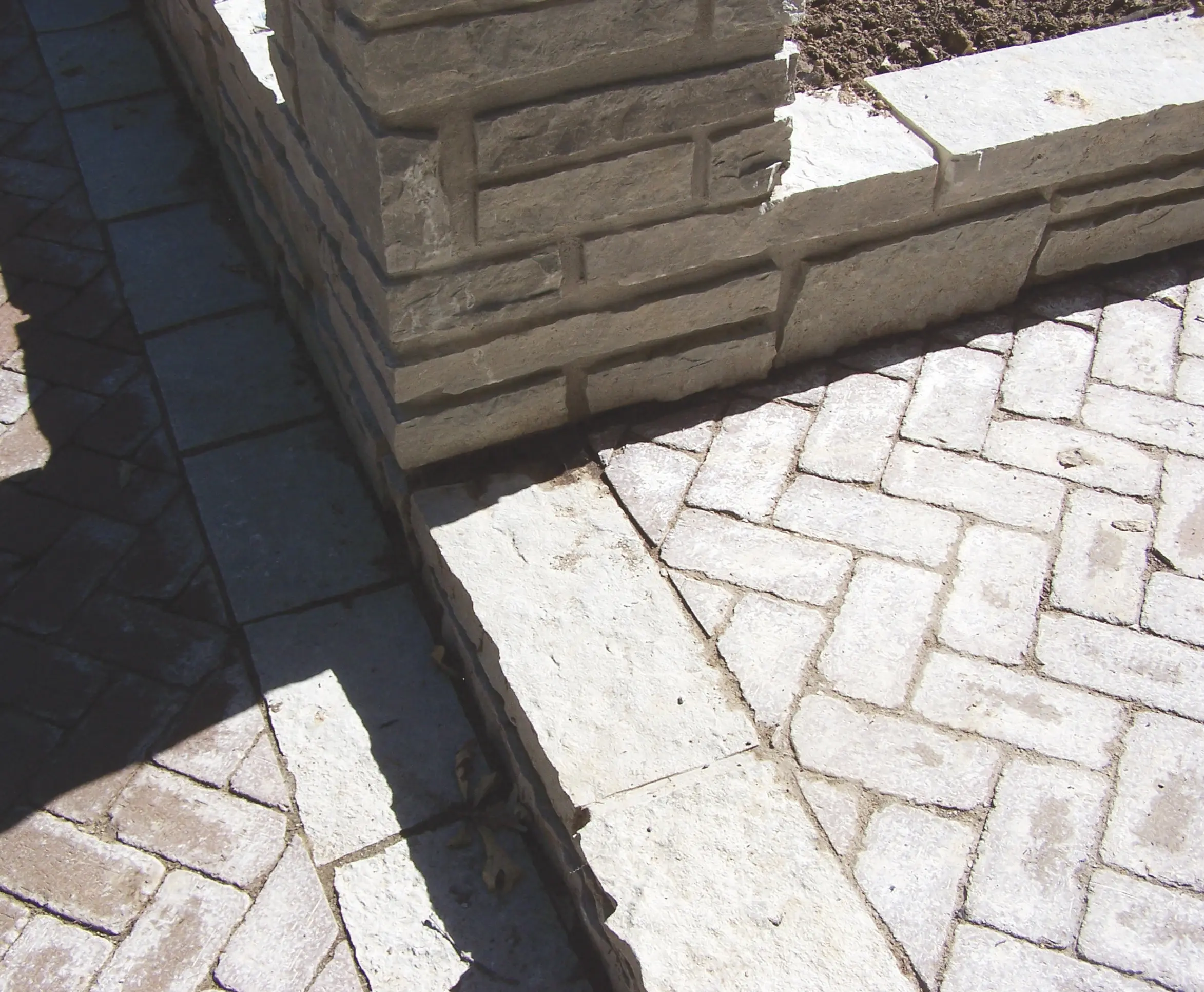
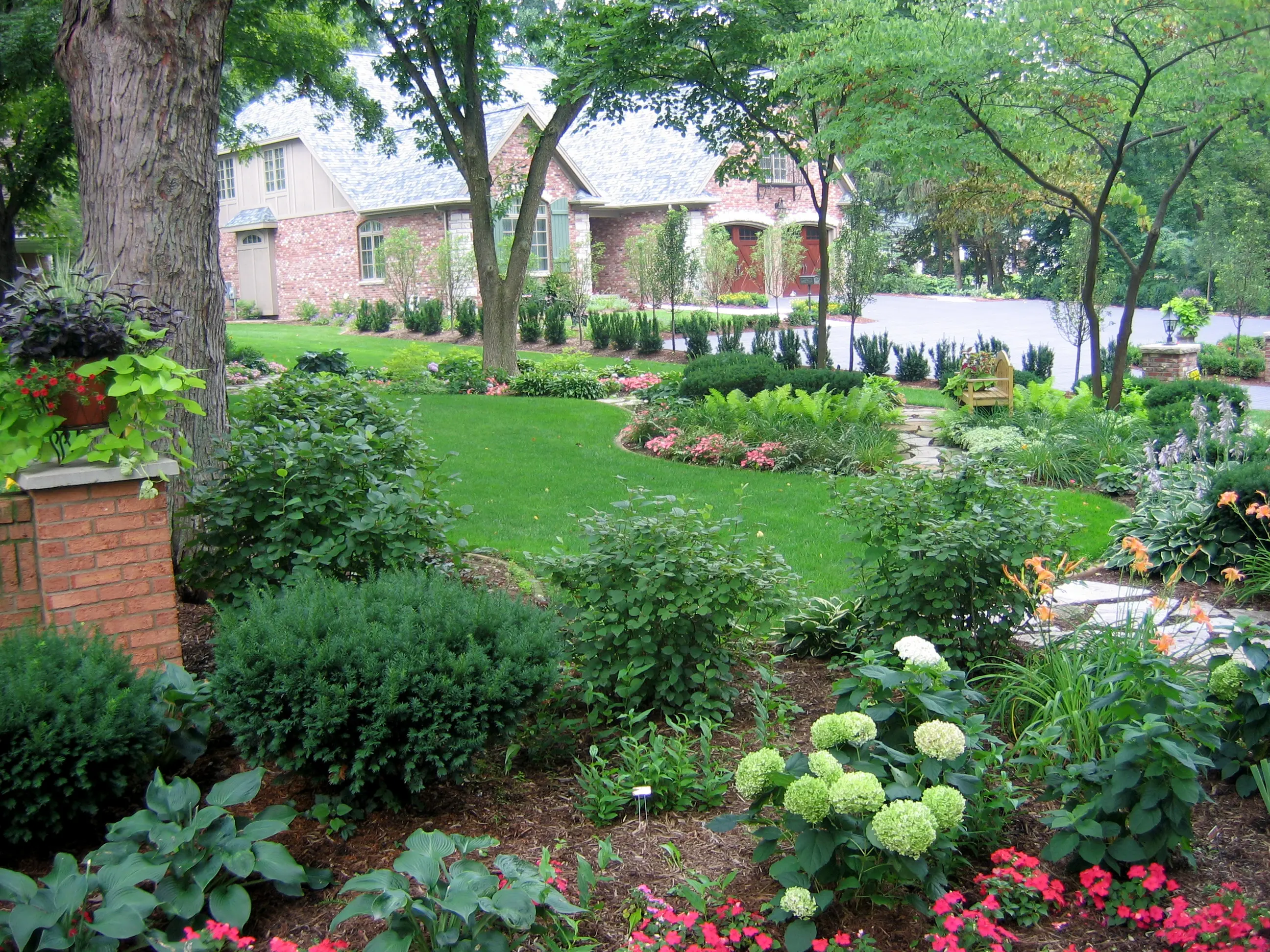
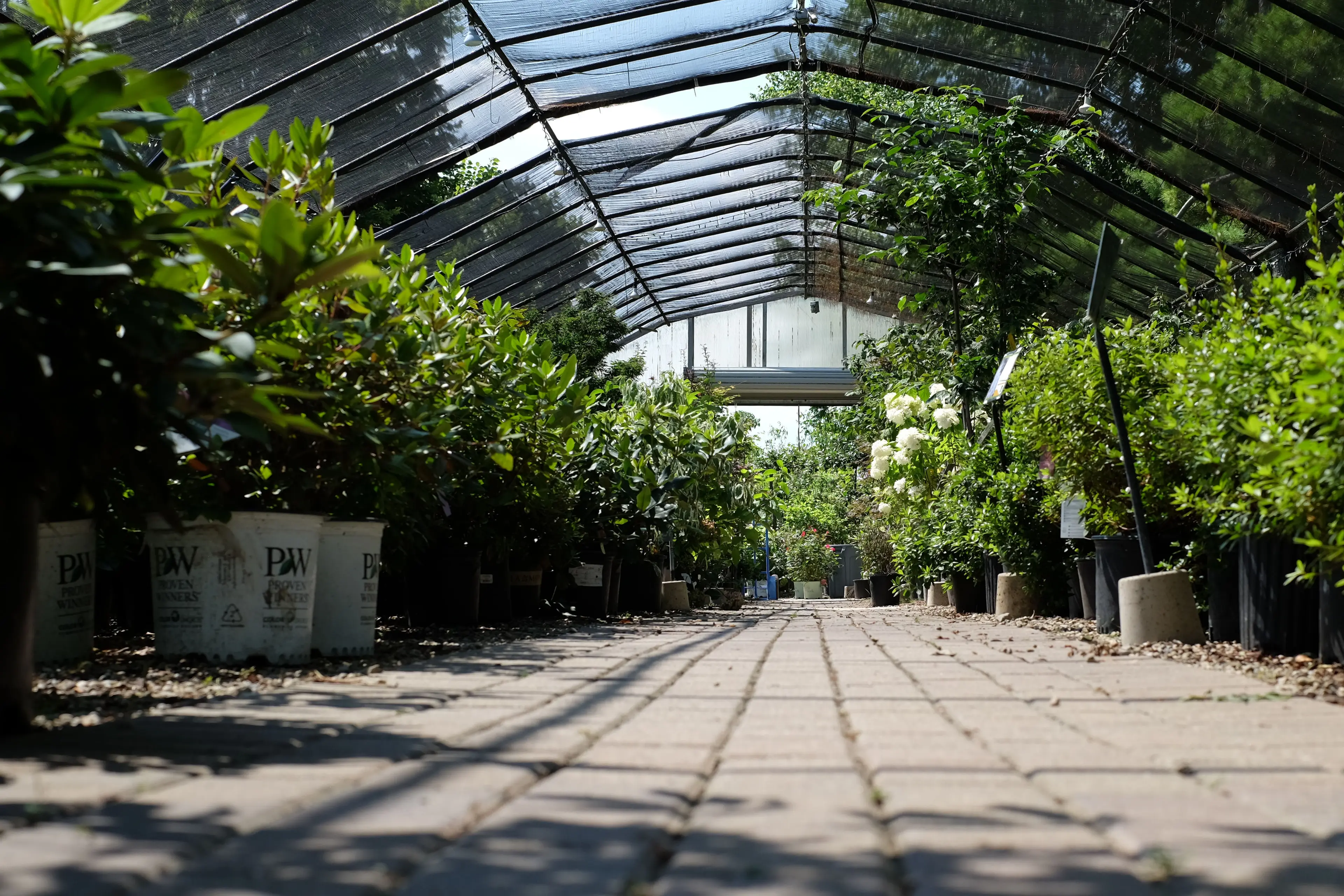
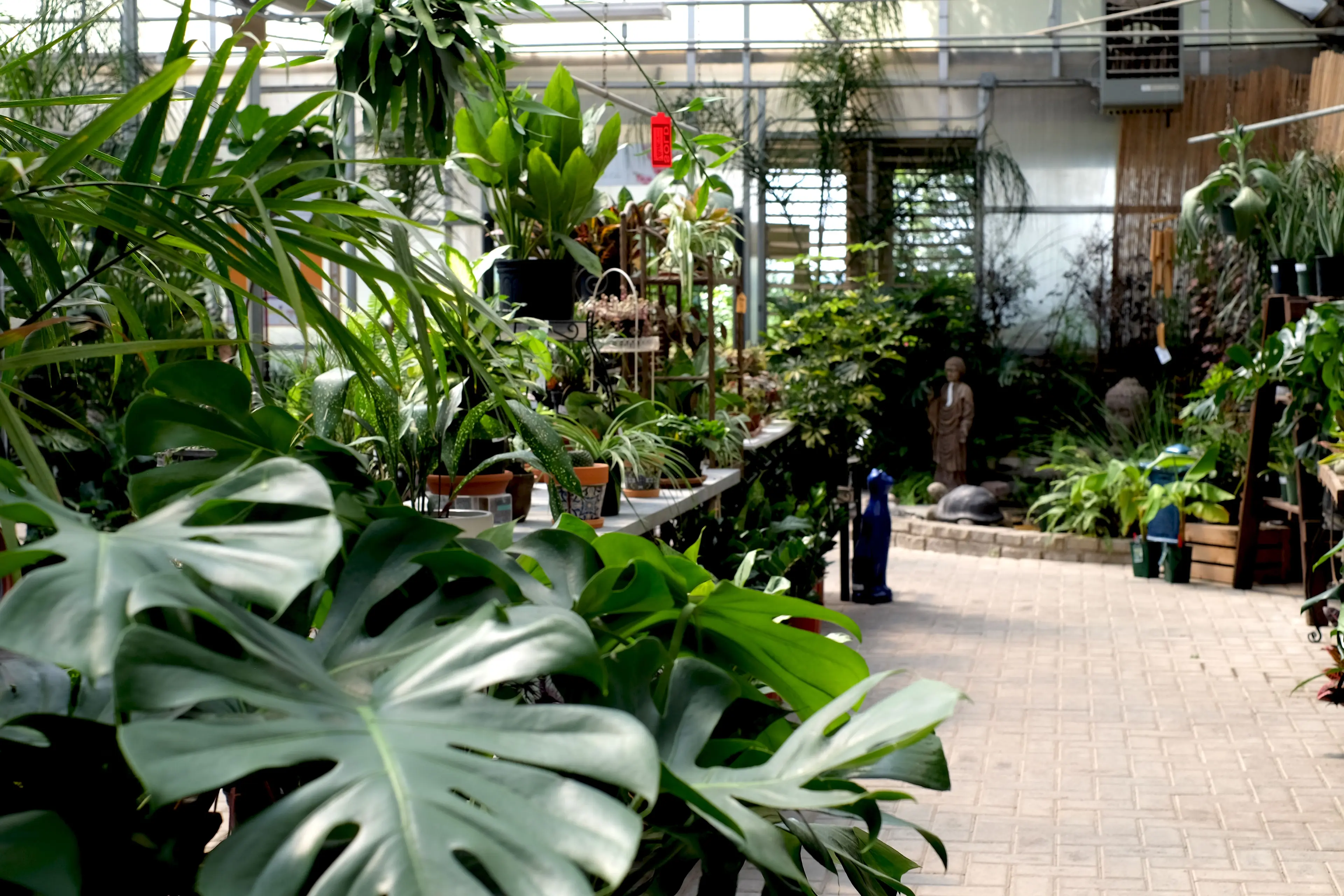
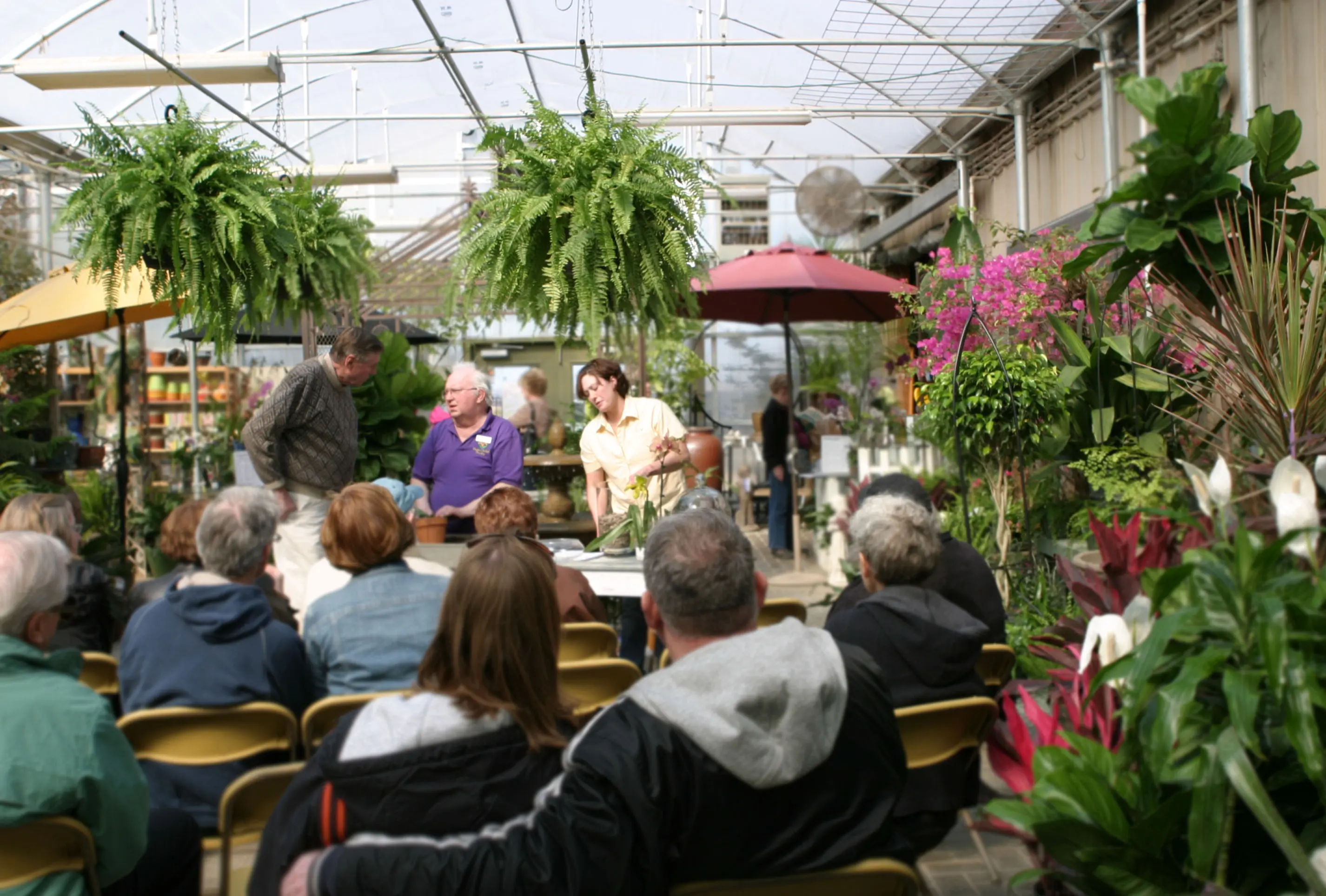
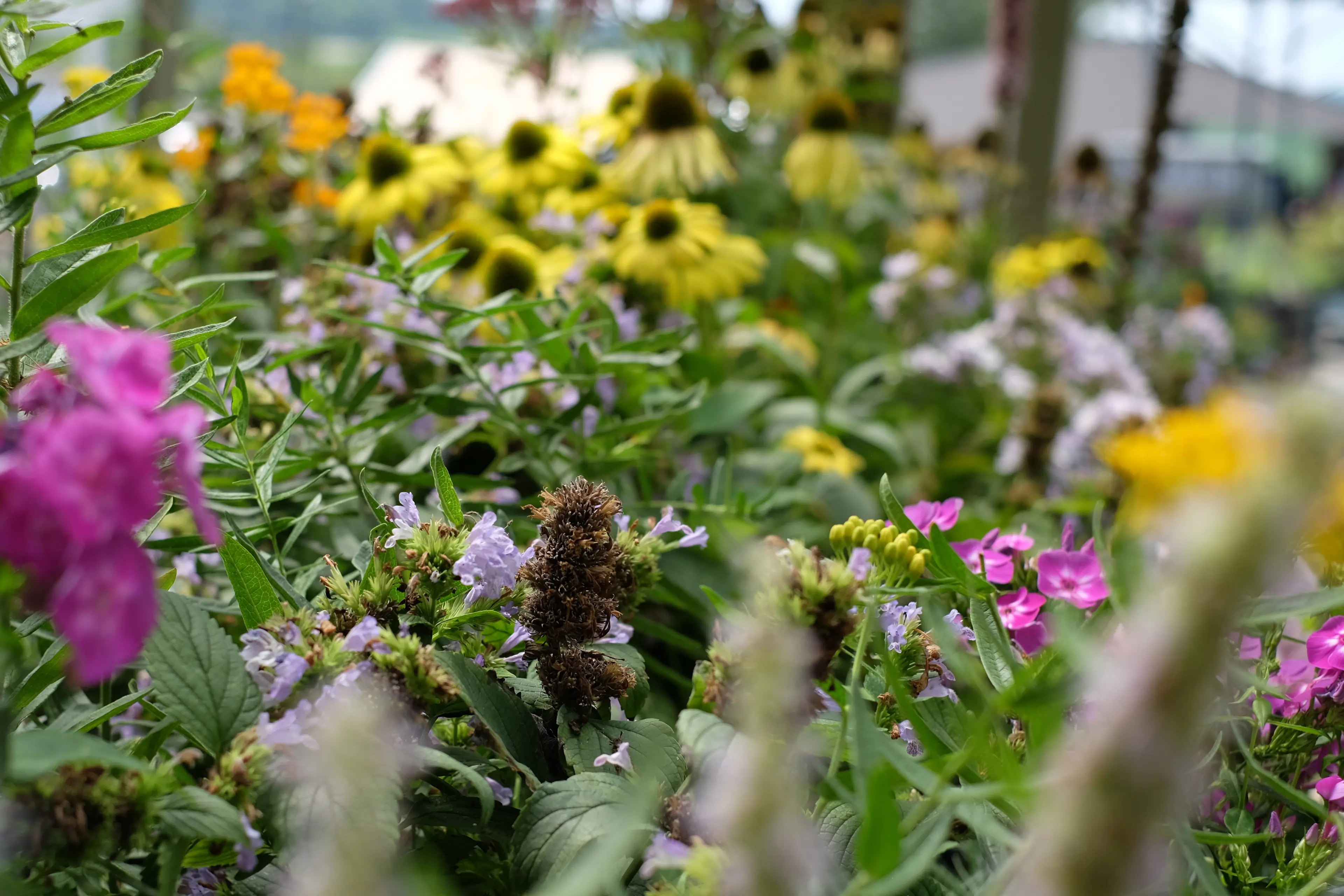

Garden Center
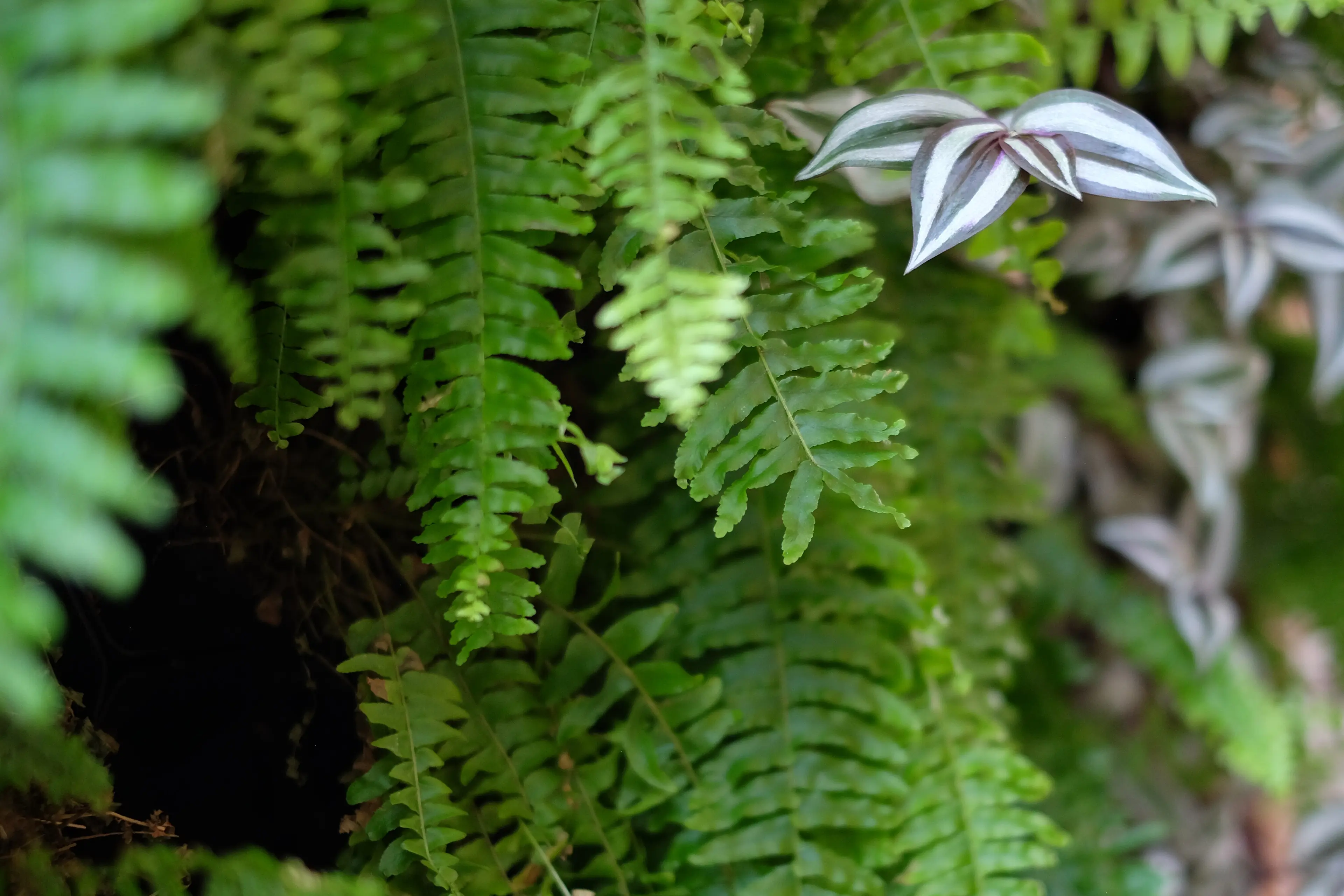
Plant Watering and Care 101
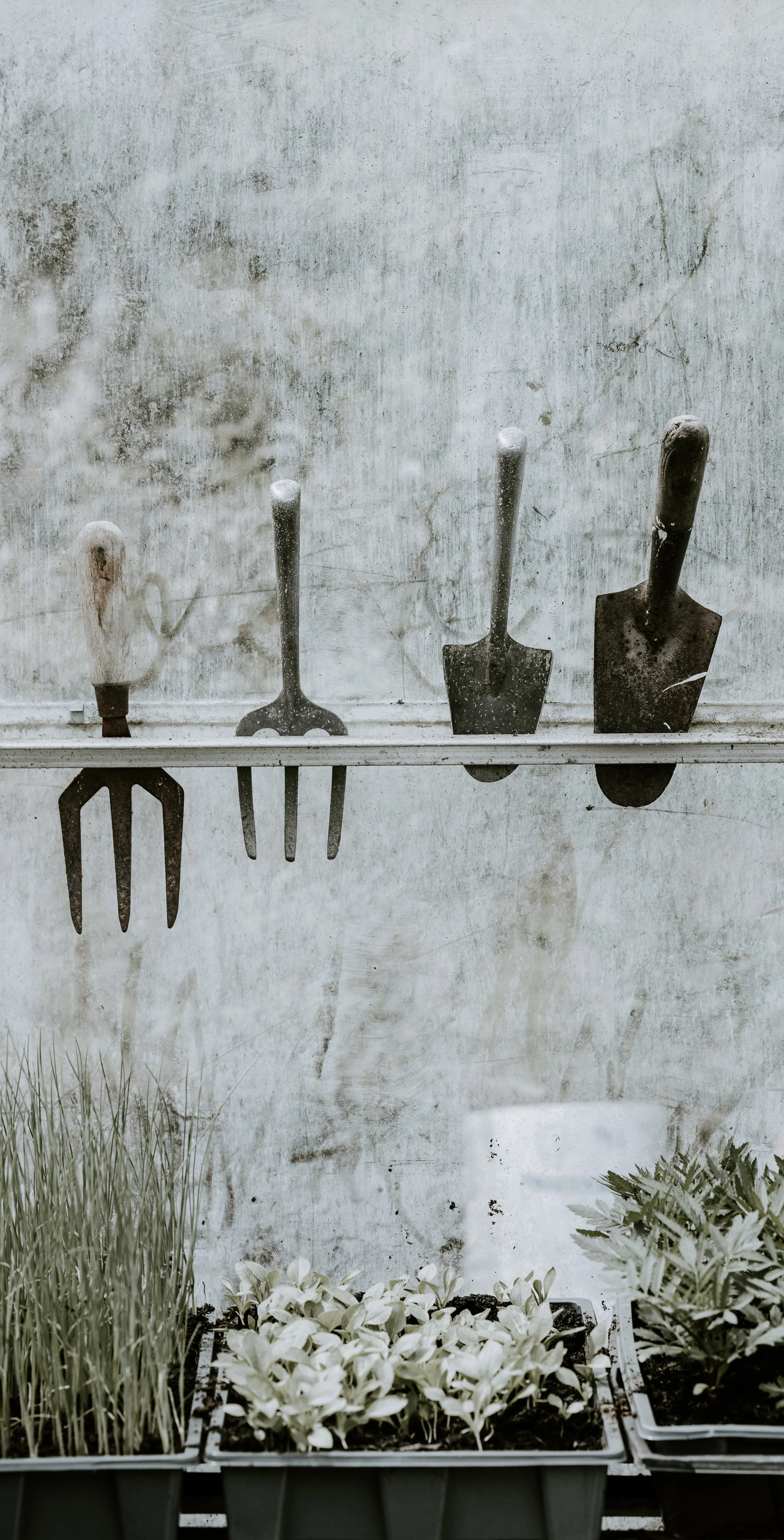
New Plantings
The first year it is vital to establish a strong root system. Water deeply and often enough so the plant shows no signs of stress (wilting, dull foliage, burned foliage). Importantly, the second year the plant should be closely monitored. Water deeply when needed. Less water volume for a long time is more likely to go deep to saturate the entire root system. A large amount of water over a shorter period of time will cover a larger area (or run off) and not saturate the soil deeply. Low volume/longer duration can be accomplished with a hose dripping at the base of the plant or low volume sprinkler heads.
Established Plants
Healthy plants that have been in the ground over 2 years often will be able to fend for themselves. However, if needed, water infrequently, deeply, and only in the hottest part of the summer. Factors will vary according to the type of plant, soil, and sun conditions. Continue to water plants under eaves and plants under evergreen trees during the entire year.
Lawns
Actually, a lawn can go without water for long periods of time. An unwatered lawn will usually stay green for many weeks if not mowed. Lawns which are mostly fescue grass will turn brown when dried out, but will quickly recover when rains begin. However, ryegrass lawns do not tolerate drying up and turning brown. They will develop bare spots which have to be reseeded. To keep these lawns green, watering every three days for about 20 minutes should do the trick (about 1” per week).
Continuing Care
Water alone will only sustain a plant for a limited time. Plants need nutrients to remain healthy, resist disease and insects, and to thrive and grow. After your initial feeding of transplant fertilizer, feed with a slow release fertilizer twice a year; usually in the spring and late summer. Eliminate weeds that compete for water, nutrients and light, and attract insects and disease. Replenish mulch as it decomposes.